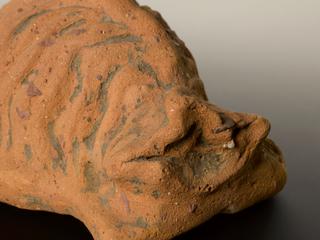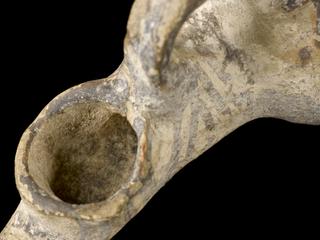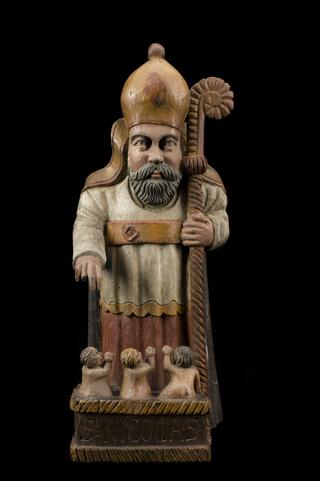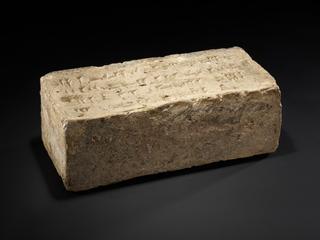
Marble copy of statue of Hermaphrodite
- Made:
- 450-100 BCE
Marble copy of statue of Hermaphrodite, the original in the Tribune Gallery at Florence, 450-100 BCE
The biological definition of hermaphroditism involves having both male and female reproductive organs. It is named after Hermaphroditus, a Greek mythological figure who was the son of Hermes and Aphrodite. According to Ovid’s account, a water nymph called Salmacis became obsessed with Hermaphroditus and, after being rejected by him, begged the gods to be united with him forever. The fusion of their two bodies lead to the creation of an individual who was part man and part woman. Physical characteristics from both sexes can be seen in this sculpture.
It is important to note that this term is no longer used to describe people, although it is still used in fields such as botany and zoology.
Details
- Category:
- Classical & Medieval Medicine
- Collection:
- Sir Henry Wellcome's Museum Collection
- Object Number:
- A180897
- Materials:
- whole, marble
- type:
- statues
- credit:
- Knight, Frank and Rutley




